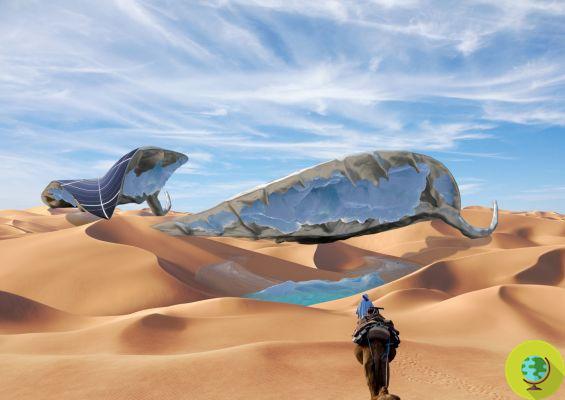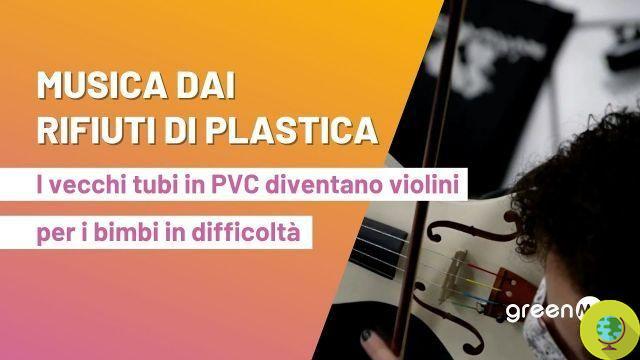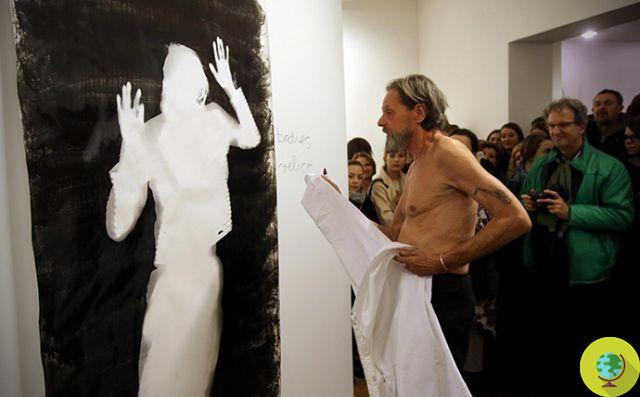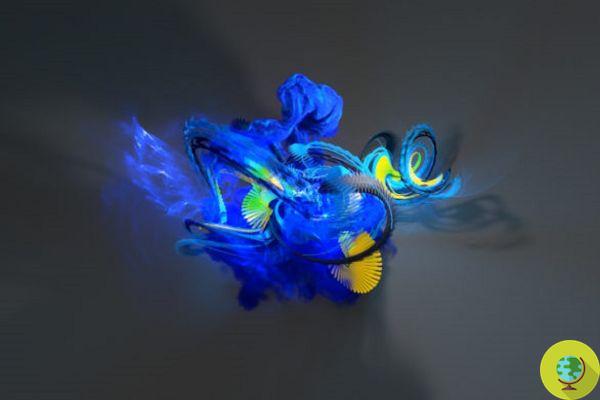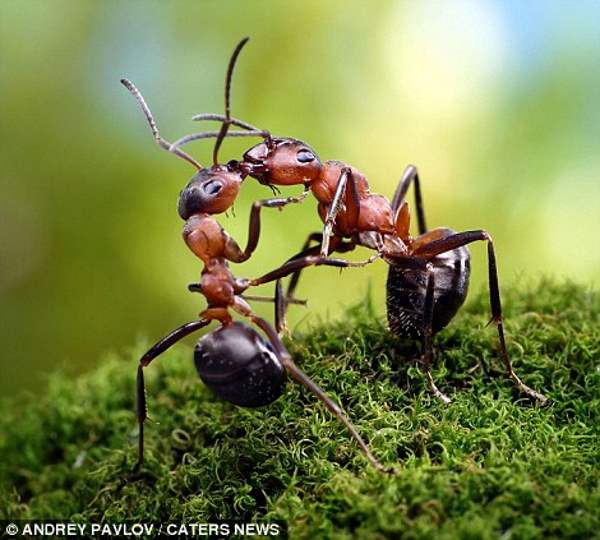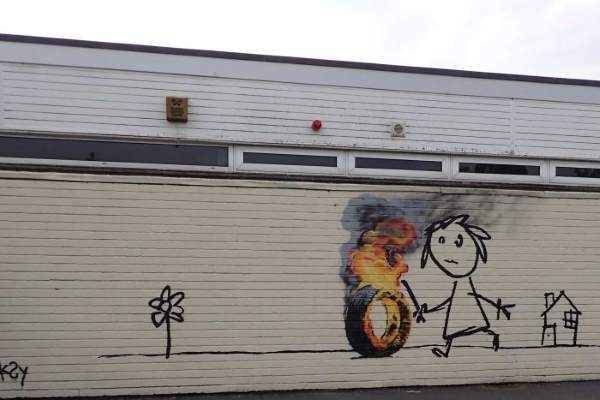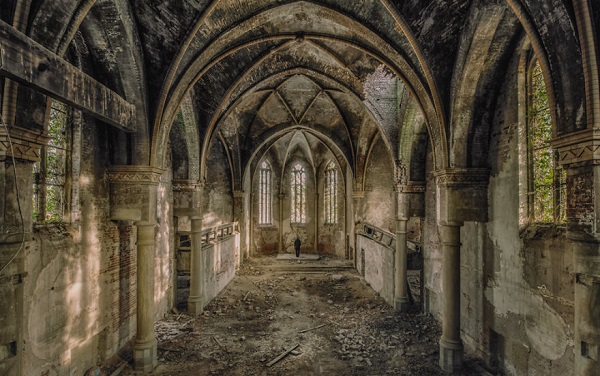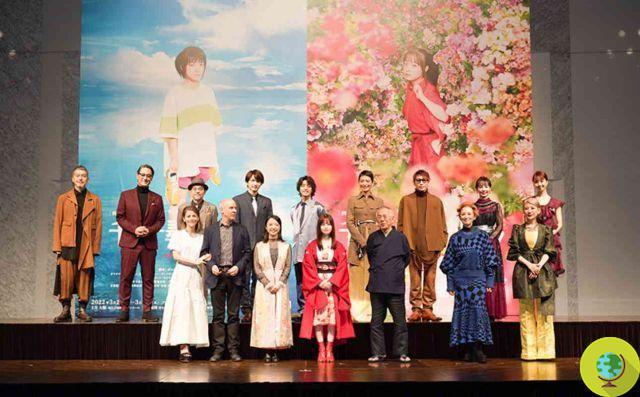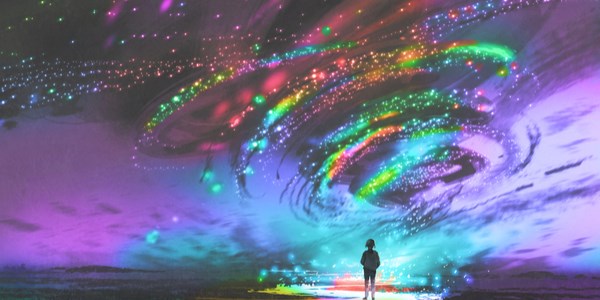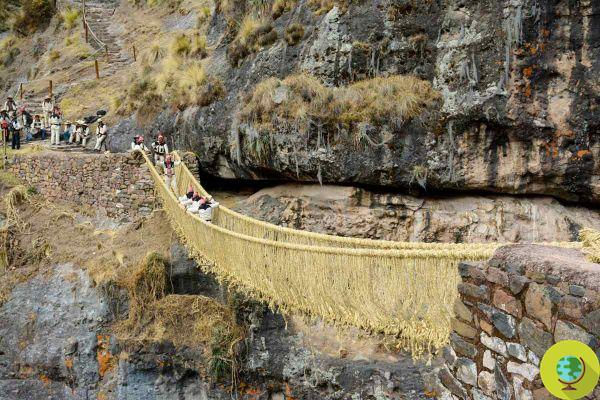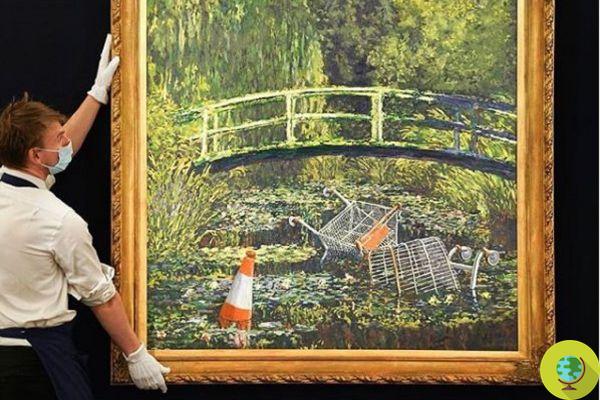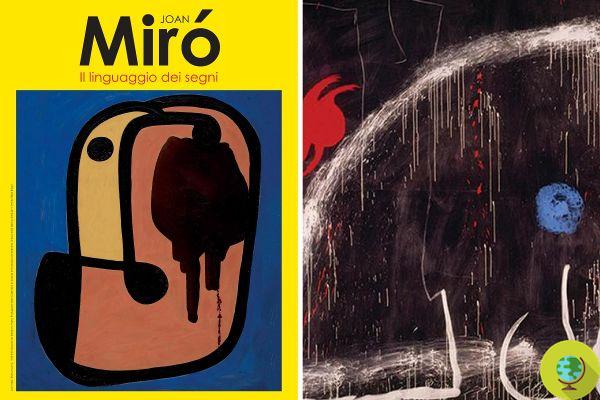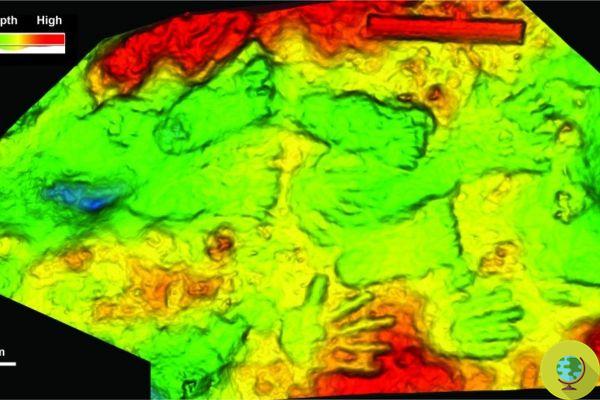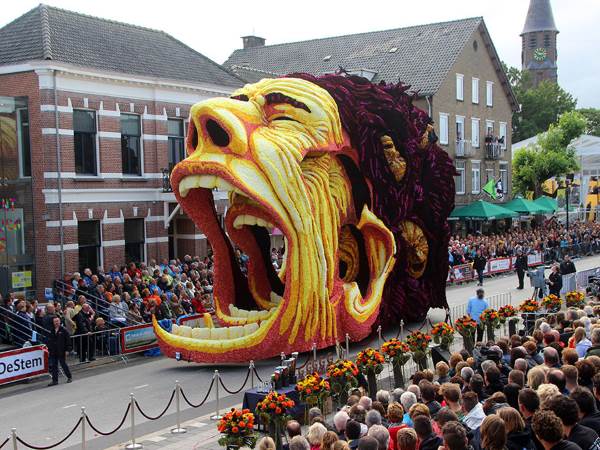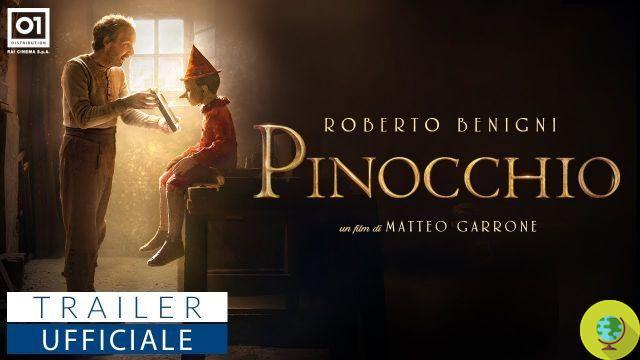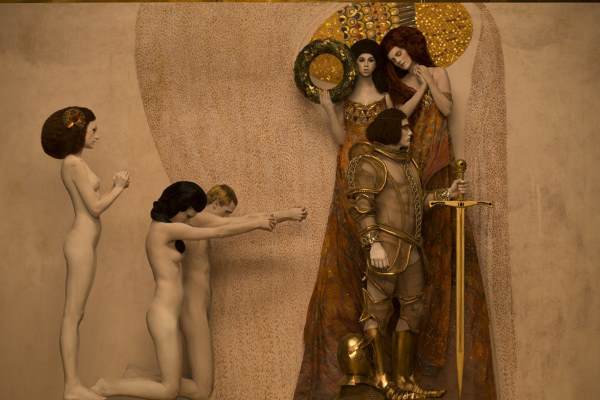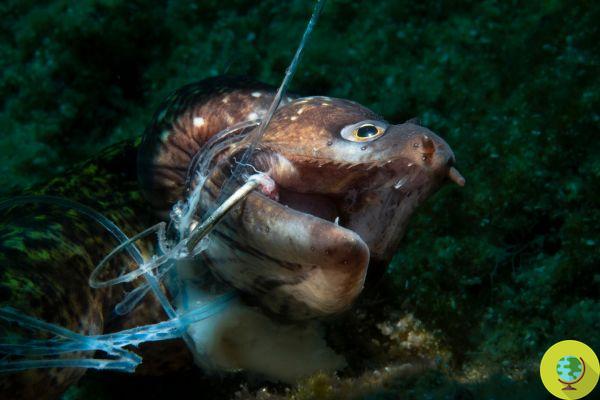Talking about food, the environment and the climate crisis in places of art, culture and design can make the difference against the climate crisis
TikTok's viral trick to preserve avocado is dangerousWhen art becomes denunciation: the fictitious color "salmon pink" it is not the actual color of the fish, but derives from a synthetic pigment fed to farmed salmon through feed.
How do i salmon in intensive farming? Crammed into tanks where they live for a maximum of two years, immersed in polluted waters rich in pesticides and fed only with processed foods. Terrible conditions, which cause diseases, infections, blindness and malformations in fish. Lot of, they even go so far as to eat themselves.
La complaint on fish farms this time it does not come from environmental groups or animal rights but from two artists which, through an installation and a book, shed light on the living conditions of one of the most common fish on our tables.
Since 2013, Daniel Fernández Pascual and Alon Schwabe have given life to the duo Cooking Sections which, through installations, performances and videos, explores the systems that organize the world through food.
Their latest work is called "Salmon: A Red Herring" and is part of the "Climanore" project, launched in 2015 with the aim of exploring the link between the way people eat and climate crisis, thanks to the collaboration with experts in ecology, marine biology, agronomy, nutrition and engineering.
The book and the installation (on display at Tate Britain in London from last November to the end of February of this year) reflect in particular on the color change of the species, indicative of the ongoing environmental crisis.
As we now know, the fictitious color "salmon pink" it is not the actual color of the fish, but derives from a synthetic pigment fed to farmed salmon through feed.
Since farmed salmon cannot feed naturally, their flesh is not pink but gray. The breeders therefore use a dye called SalmoFan to make the meat more inviting. The mix of synthetic pigments it is added to feed and allows you to customize the color of salmon meat in relation to market needs: so the "salmon pink" can be more intense or lighter, according to the tastes of consumers.
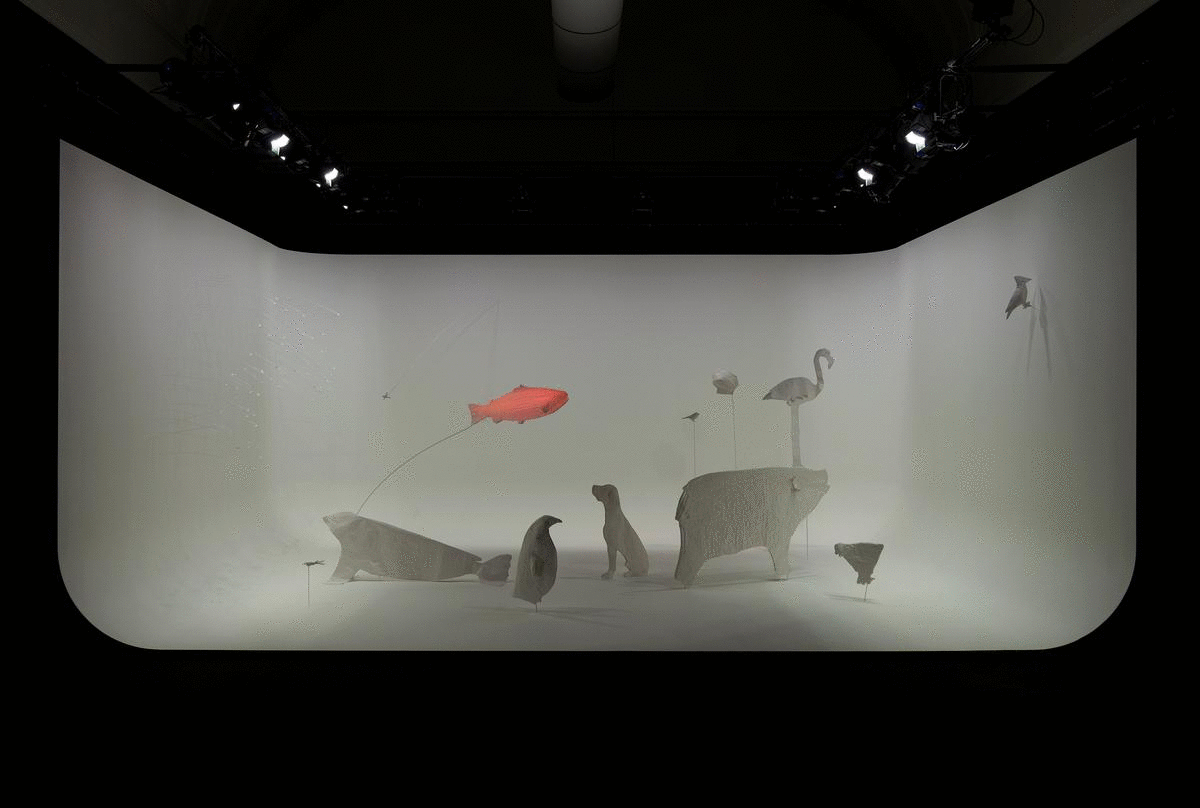
© Climavore
What is the link between the fishing industry and art and why did two artists decide to tackle the theme of salmon farming? According to the duo, it is absolutely normal that even the world of art, culture, as well as architecture and design are interested in the environmental crisis and, to do so, it is not possible to ignore food.
“Food is a tool. It allows you to understand environments, landscapes and geopolitics. ”, Explained Schwabe.
“It touches many different levels. Food is a major contributor to atmospheric emissions and is also one of the driving forces behind deforestation. It is everywhere. ”, Pascual added.
Their installation, investigating the color of salmon, caused Tate Britain to eliminate salmon from its menus. Talking about sustainable agriculture, food waste and other similar issues in places of culture can therefore make the difference.
Sources of reference: The Guardian / Climavore
Read also:
- Film for the first time the atrocities behind the salmon that ends up in your sushi
- Goodbye salmon? At risk of extinction due to pesticides
- Salmon: everything they don't want us to know





